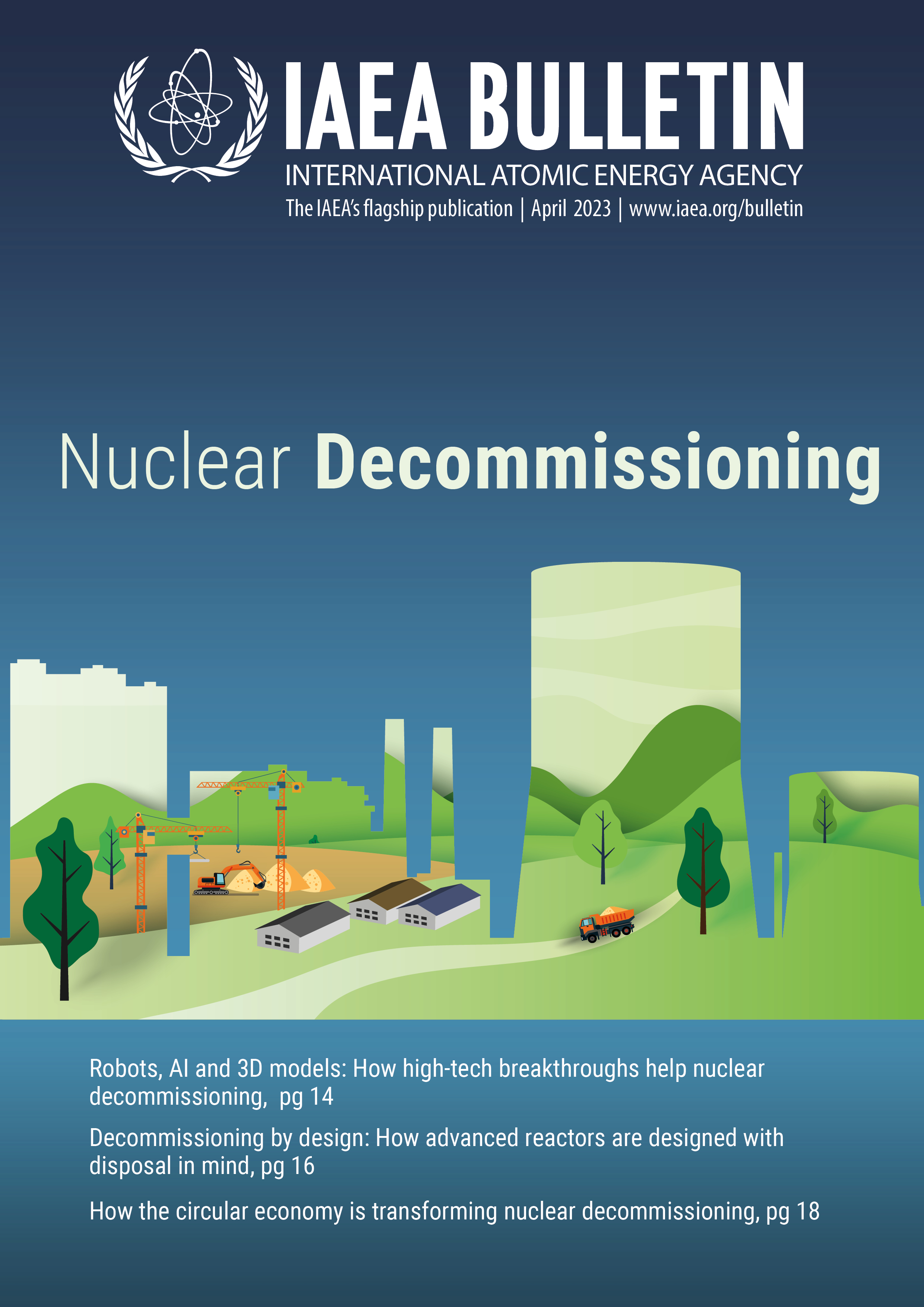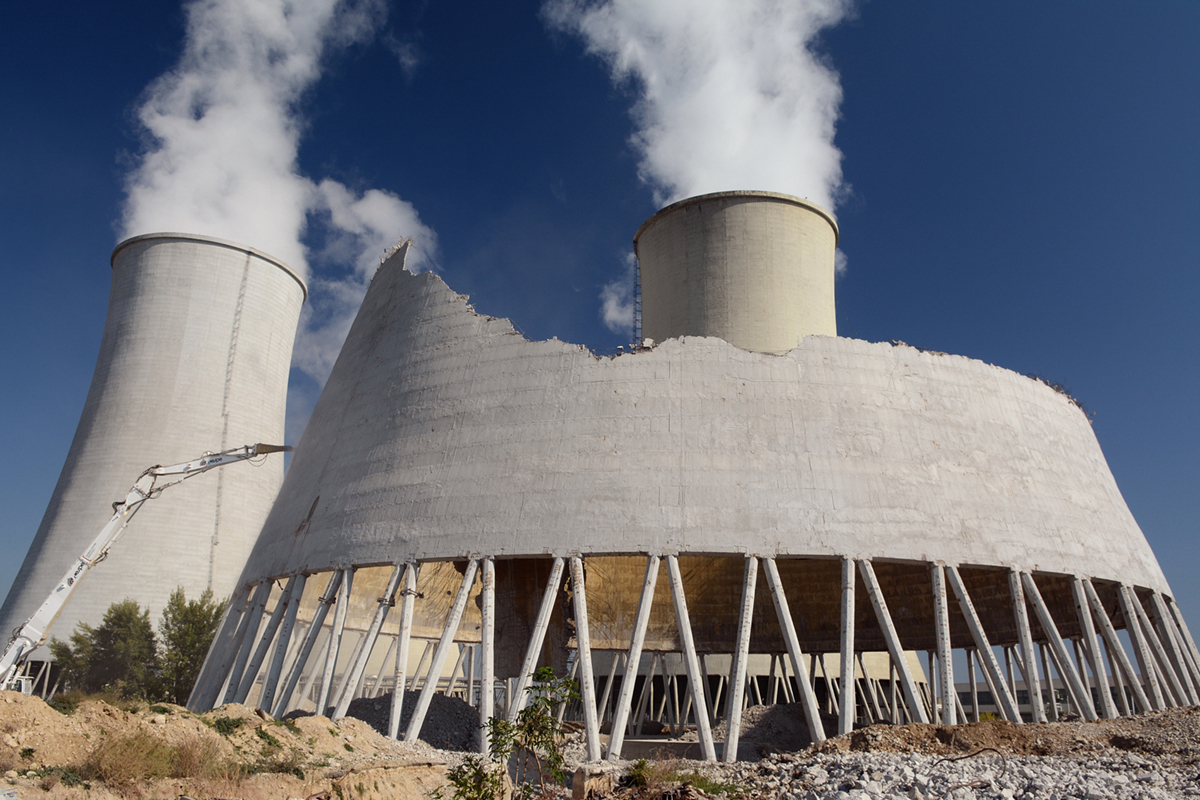This week, the IAEA is hosting the International Conference on Nuclear Decommissioning in Vienna. The conference brings together policy makers, regulators, technical support organizations, waste management organizations, industry representatives, research and academic institutions, among others interested in decommissioning. The event provides a platform to discuss achievements, challenges and lessons learned in the decommissioning of nuclear facilities and to share information on strategies that enhance safe, secure and cost-effective implementation of decommissioning programmes. To follow the conference discussions, watch the live stream or register as an observer.
The number of nuclear facilities that require decommissioning is expected to increase significantly over the next 10 to 20 years. There is no simple relationship between the age of a facility and the timing of permanent shutdown, as multiple factors, including political and economic forces, can influence this decision (see infographic). The timing may also depend on maintenance, refurbishment costs and electricity market conditions, among other things (see Decommissioning a nuclear power plant). However, government policies are increasingly promoting strategies for immediate dismantling in line with sustainability principles, so that the burdens associated with decommissioning, such as the management of waste, are not passed on to future generations. The potential of sites to be reused for the construction of new nuclear facilities or other purposes is also an important consideration.

